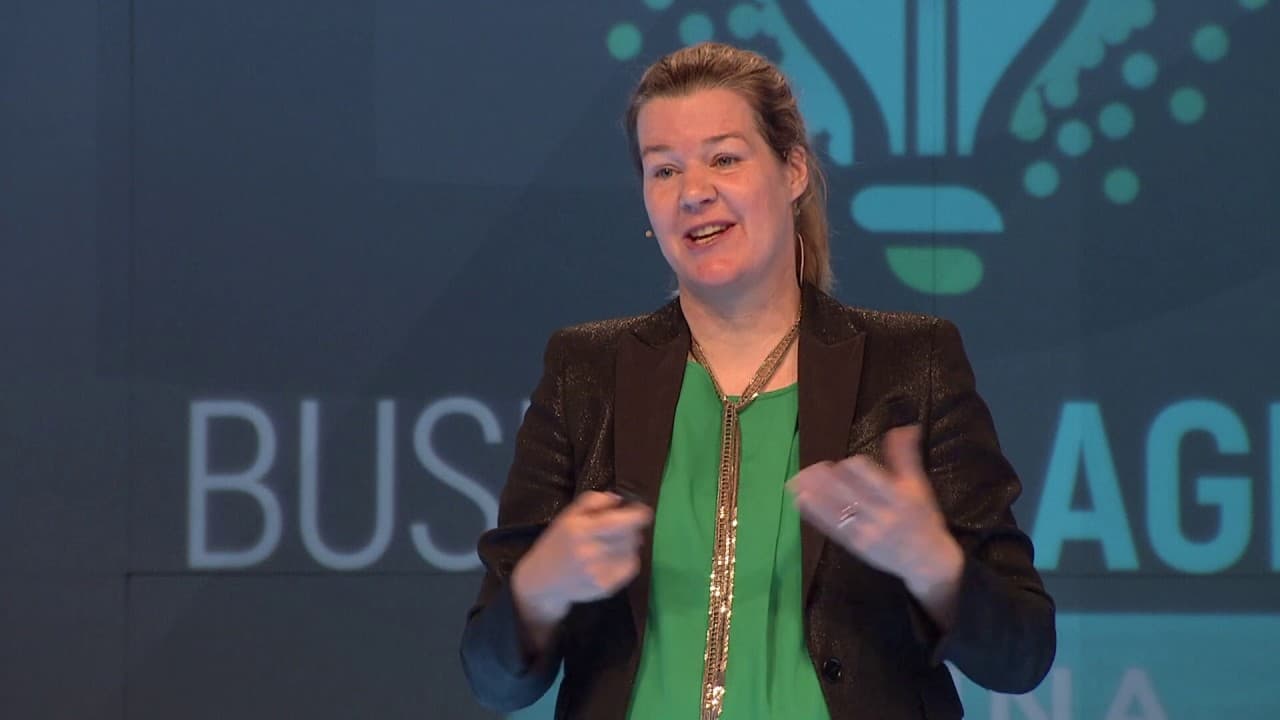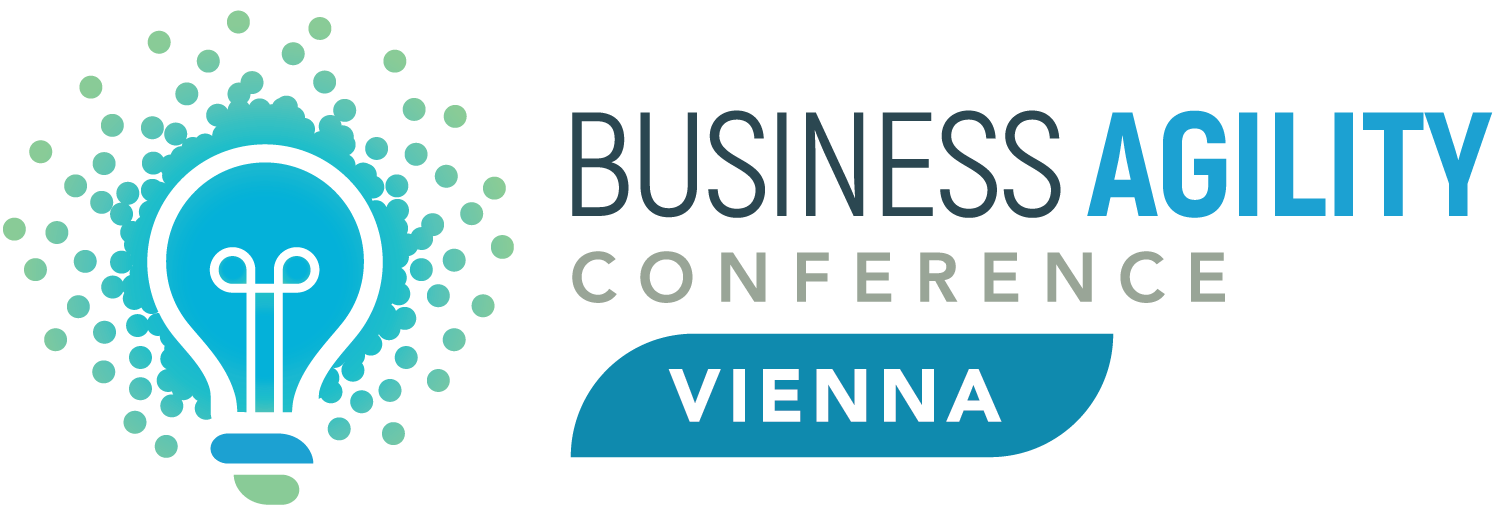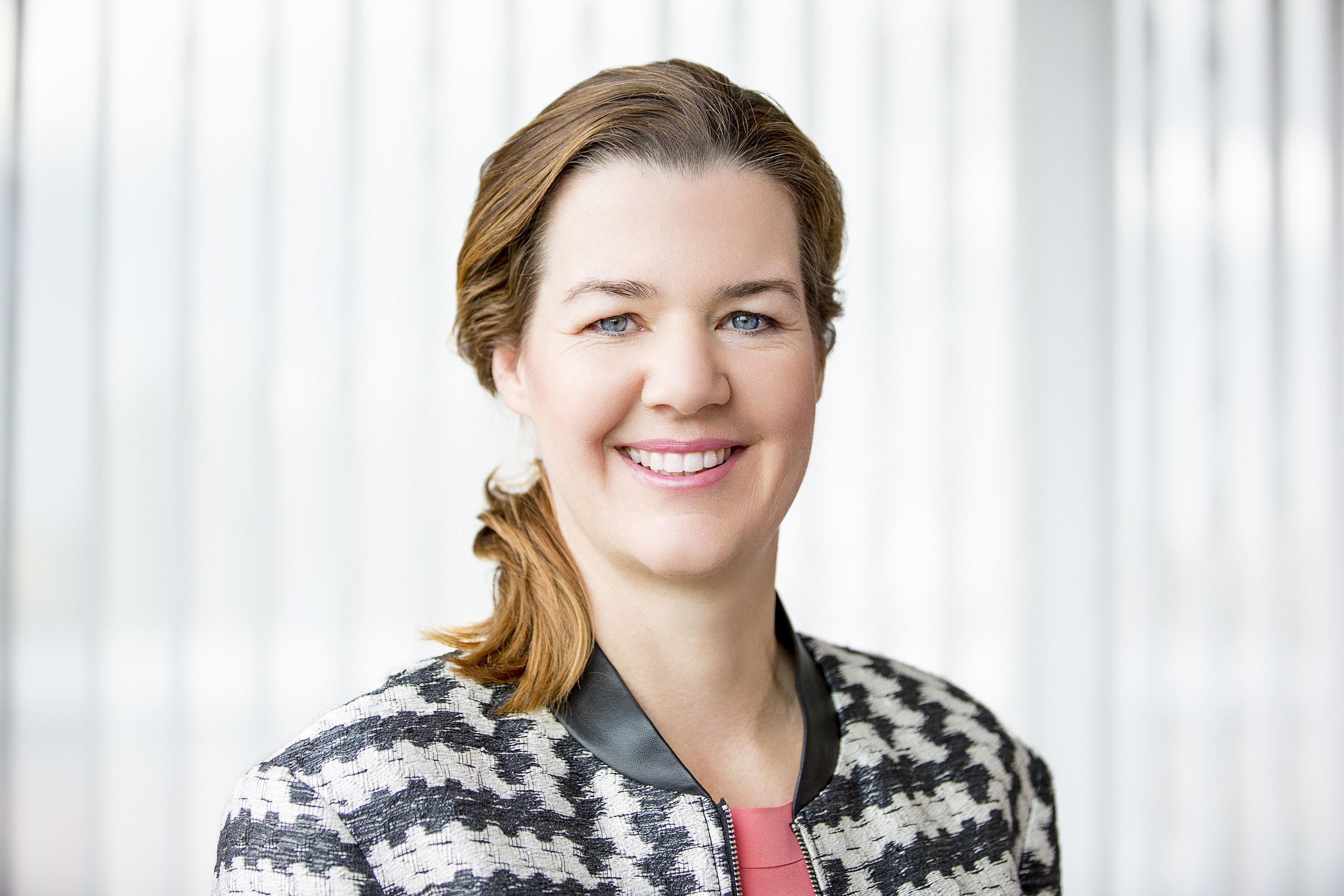Good morning. What matters to me is that I am working for a company that can change the world. That sounds like everybody’s dream job, and for me, it certainly is. What may matter to others is that I actually work for the largest biotechnology company in the world—Roche Diagnostics, a division of the Roche Group. We manufacture diagnostic equipment for medical research and diagnostic applications.
Approximately 70% of all medical decisions are based on diagnostic results. If we fail—if our instruments fail—then lives are on the line. As part of the Roche Group, we have affiliates in many countries, and I head the affiliate in Austria. We are a team of about 180 people serving Austrian hospitals, laboratories, and primary care physicians.
Our Track Record and Mindset
In Austria, we take pride in our track record. We haven’t missed our targets in decades, nor have we had layoffs. We are the undisputed market leader, and our team serves as a talent pool for our headquarters in Switzerland. However, this success has also led to a mindset of, "If it ain’t broken, don’t fix it."
The Role of Diagnostics in Healthcare
To understand what we do, imagine large, high-tech machines—almost like robots—operating in the back offices or underground laboratories of hospitals. These machines process thousands of blood samples daily, providing critical health data.
But diagnostics doesn’t always require large instruments. I brought an example—a handheld device that measures a single crucial parameter: NT-proBNP, which helps diagnose heart failure. Heart failure is one of the deadliest diseases, second only to lung cancer. It affects 10 million people in Europe, and nearly 50% of those diagnosed die within five years.
From a healthcare perspective, it is also one of the costliest diseases, requiring extensive hospital and emergency care. In Austria alone, heart failure treatment costs the system 340 million euros annually. Diagnosing it early with a device like this can be a game-changer, allowing rapid treatment and improving survival rates.
The Future of Diagnostics
Now, imagine if we could make this handheld device even smaller—so easy to use that patients could self-test at home. Imagine it being connected to doctors in real-time, integrating with global health databases, and predicting heart failure before it happens. Preventative treatment could begin much earlier.
With digitalization, big data, and scientific advancements, this future is possible. However, our healthcare systems, built on assumptions from the last century, would need to change. To bring such an innovation to market, we would need a different business model, new skills, a new mindset, and, most importantly, an agile organization.
Becoming an Agile Organization
Despite our successes in Austria, we knew we had to evolve. We decided to become agile, and we started with the most important factor—mindset.
Every executive underwent a four-day training facilitated by the Full Circle Group. In this training, we learned about two levels of mindset:
- Creative Mindset: This is where courageous authenticity thrives—where leaders operate with openness, collaboration, and innovation.
- Reactive Mindset: This is the traditional command-and-control mindset, where hierarchy dominates.
As a healthcare company, we are obsessed with perfection—mistakes are unacceptable when lives are at stake. However, striving for perfection in leadership can stifle innovation. During the training, I had an epiphany: I needed to change my own mindset first before I could lead my team through change.
Scaling Agile Across the Organization
I knew that simply teaching my team about agility wouldn’t work—they had to experience it firsthand. We partnered with the Full Circle Group and McKinsey, bringing agile coaching to Austria. We implemented three key areas:
1. Mindset Shift
We introduced leadership workshops for everyone in the company—not just executives. However, when we first sent out invitations, many employees declined. Why? The workshop was labeled a "leadership workshop," and many thought, "I’m just a salesperson, not a leader."
This was our first lesson: people needed to understand that leadership is not about position—it’s about influence. Everyone in the company, regardless of title, plays a role in shaping the organization.
2. Agile Methodology
To embed agility, we introduced Scrum. We started small, training teams in agile processes, leadership, and collaboration. One of the biggest surprises was the enthusiasm it sparked. People loved working in Scrum teams and often dedicated more time than expected—sometimes beyond 100% of their work capacity!
However, we learned that running a two-speed organization—half agile, half traditional—was extremely challenging. Some teams operated under agile principles, while others followed the old structure. If we did it again, we would limit the transition period to avoid this tension.
3. Organizational Architecture
Agile organizations are often compared to a flock of birds—each bird moves in sync with others, adapting quickly to obstacles. But in reality, we often felt more like a pack of wolves pretending to be birds.
To guide the organization toward agility, we introduced Objectives and Key Results (OKRs), a goal-setting framework used by companies like Google. This helped shift our approach from top-down management to collaborative goal setting.
Lessons Learned
Our journey hasn’t been smooth. Here are key insights from our experience:
- Agility is not a cost-cutting exercise. Unlike traditional planning, agile requires iterative trial-and-error cycles, which demand more resources initially.
- Managing a two-speed organization is difficult. Balancing agile and traditional models within the same company creates friction. We recommend a clear transition plan to minimize disruption.
- Leadership transformation is the hardest part. Employees adapt quickly, but shifting the mindset of executives and line managers—moving from command-and-control to coaching—is the biggest challenge.
The Impact of Agile Transformation
Two and a half years into our agile journey, we have exceeded our targets and increased our market share. But more importantly, the spirit of our organization has changed.
Our employees are more energized, courageous, and willing to take risks. Instead of striving for perfection, they are co-creating solutions with customers. Many customer meetings that once focused on vision discussions now turn into Scrum sessions where we co-develop Minimum Viable Products.
The Next Step: Transforming Healthcare
Now that we have embedded agility internally, our next challenge is to transform the healthcare system itself. Digitalization, big data, and scientific advancements offer incredible opportunities, but our current healthcare structures are outdated.
To create real change, we must collaborate with healthcare stakeholders, governments, startups, and other innovators. We need to move beyond our own organization and influence the broader system.
Final Thoughts: Take the Leap
If you are still wondering whether to go agile, remember this: the future of business—and even lives—depend on it. Agile delivers better products, better outcomes, and a competitive advantage that is difficult to replicate.
So take the courage. Go agile. It’s worth it.
Thank you.




